
Which site would you like to visit?
By clicking the retail or wholesale site button and/or using rarewineco.com you are choosing to accept our use of cookies to provide you the best possible web experience.
April 17, 2013 by Mannie Berk
In the late 1800s, a tiny insect named Phylloxera Vastatrix visited its plague on nearly every wine region of the world. Wealthy areas like Bordeaux and Champagne were thriving again within a few years. But for many poor and remote wine-growing areas, it took a half century or more to return to viticultural prosperity.
In Cornas’ case, it took even longer: the better part of a century. The problem wasn’t how long it took to replant the vineyards; that only took a few years. And it wasn’t justs the Great Depression or even the two World Wars (Cornas lost more than 20 young men in World War I, a huge number for a town of 500 total population.)
It was really a matter of economics. The only outlet for Cornas’ growers was to sell their wine to negociants at low prices for blending, and for most of the growers that remained so well into the 1970s. By the middle of the 20th century, most of the town’s growers had abandoned their vineyards to take more secure, better paying factory jobs in nearby cities. By the late seventies, Cornas had just 50 hectare of vines, and the number of men working those vines was far reduced from a century earlier.
Among the few who remained was Noël Verset, whose career nearly filled the time between Phylloxera and Cornas’ rebirth in the 1990s. Born in 1912 he joined his father on the steep granite slopes of Cornas in 1931 and continued to work as a winegrower for more than seven decades. Today, at the age of 101, he’s confined to a nursing home, no longer able to talk about his work in the vines and the cellar. But his wines speak with profound eloquence.
On April 3 at Bar Boulud in New York City, The Rare Wine Co. hosted a retrospective tasting of Noël Verset’s Cornas from 1985 to his last vintage in 2006. The tasting offered a remarkably comprehensive look at his final two decades as Cornas’ Grand Old Man, but there were subplots as well. These were, after all, the wines that made him famous. And these years included his “retirement,” during which he gradually the reduced the amount of wine he made as he sold off his vineyards.
Because we tasted 16 out of the 22 vintages he made between 1985 and 2006, we had a unique opportunity to watch in hindsight as Verset, with more than a half century of accumulated knowledge, gently shaped his wines, regardless of vintage extremes. The wines we tasted were startlingly consistent; yet each was also pure and transparent. This was his genius: consistency and style, without distortion. He afforded some of the world’s greatest terroirs the chance to express themselves with breathtaking clarity. Certainly, having very old vines mattered a lot, but even more to his benefit was the wisdom that came from decades of working every inch of the same vineyards.
In an era of too much uninformed talk about non-interventionist winemaking, Verset was anything but a passive vigneron; he put his stamp on each and every wine he made. Yet, there is an effortlessness to them that makes them feel as if they sprung from the earth fully made.
He took weather extremes in stride; he was never at their mercy. His wines always had more to do with Noël Verset and elegance than they did the weather. Every Noël Verset vintage is about balance, purity of expression and beauty.
Don’t look for his 1999 to be the powerhouse that some other ‘99s are. Nor should you expect his 1994 to be dilute (despite the year’s harvest rains). And you won’t find the over-ripeness of an historic heat wave in his 2003 any more than you'll encounter the leanness we associate with 2002. His 1988 and 1989 are predictably great, and so are his 2005 and 1999. But don’t for a moment think that any of these wines will make you forget about the unheralded beauties he made in 1986, 1998, and 2004.
Amazingly, Verset worked continuously in Cornas for 75 years, having begun with his father Emmanuel in 1931 at age 12, after receiving his school certificate. The first wine wearing his label, from a rented vineyard, came in 1943. He subsequently both purchased land and inherited the family domaine, and he never departed from the old tradition of producing just one Cornas from a blend of lieux-dits. This approach undoubtedly contributed to the astonishing balance of his wines.
Verset's crus, all located on steep, terraced slopes of granite, sand, and limestone, were among Cornas' most revered. Chaillots to the north gave him black fruits, richness and structure, while Sabarotte to the south gave him finesse. His Champelrose vines contributed red fruits and an earthy character. And in the hands of Verset, the sum was always greater than its parts.
His methods were quintessentially traditional: harvesting fully ripe, low-yield fruit; no destemming of the grape bunches; crushing by foot; vinification in small concrete vats for 15 to 18 days, and basket pressing. Aging was in used demi-muid, about twice the size of a piéce, for 15 months. He expressed his belief in this barrel size to John Livingstone-Learmonth: “The wine ages more slowly, and just has more time.”
But with no one to take over from him, he began to divest himself of his vines in the late 1980s, when he sold Thiérry Allemand some vines in Reynard. In 2001, as he neared the age of 90, he sold his largest parcel, 1.3 hectare in Sabarotte, that he had purchased from the Domaine del Sabarotte in 1948 and whose vines were planted in 1903.
Initially Noël intended to sell the Sabarotte vines to Tardieu-Laurent (to whom he was also selling wine), but an agricultural commission blocked the sale. Finally, they were sold to Clape and Courbis. And in the mid-2000s, he sold his prized half hectare in Chaillots, planted 1912, to his nephew Franck Balthazar.
Throughout this process, his production steadily dwindled. The rumors of his retirement began to spread in 2001, undoubtedly fueled by the proposed sale of Sabarotte. But he continued to make wine under his own name until 2006. In addition to what he sold under his own label, each year he made a few barrels of wine for inclusion in Tardieu-Laurent’s top Cornas cuvée, the Vieilles Vignes. (Noël wasn’t the only Cornas legend contributing to Tardieu-Laurent’s Cornas Vieilles Vignes in this period; the great Robert Michel was also supplying a few barrels of his vaunted Le Geynale.)
Like his contemporaries Marius Gentaz in Côte Rôtie and Ernest Trollat in St. Joseph, Verset was pure Old School. His approach was highly individual and, at the same time, extremely traditional. And so he made wines that were not only beautiful, they could only have come from one place and one man. Sadly, few such growers exist today. But we are fortunate, for now, to still have his wines.
| Year | Description | Size | Notes | Avail/ Limit |
Price | |
|---|---|---|---|---|---|---|
| Please Call (415) 319-9000 for Availability | ||||||
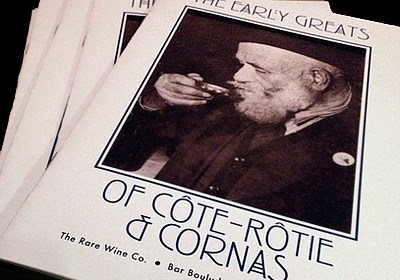
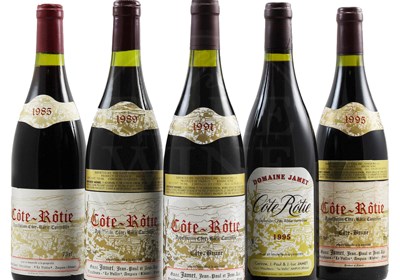
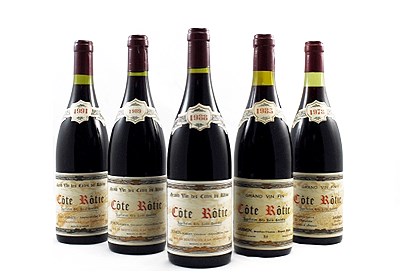
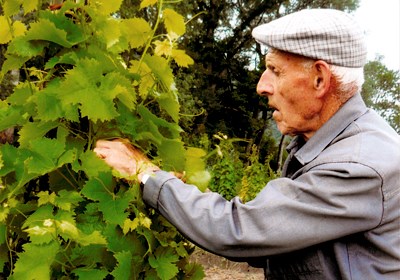
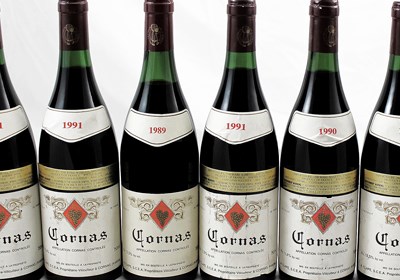
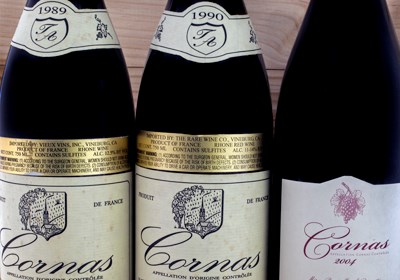
New discoveries, rare bottles of extraordinary provenance, limited time offers delivered to your inbox weekly. Be the first to know.
Please Wait
Adding to Cart.
...Loading...


By clicking the retail or wholesale site button and/or using rarewineco.com you are choosing to accept our use of cookies to provide you the best possible web experience.

